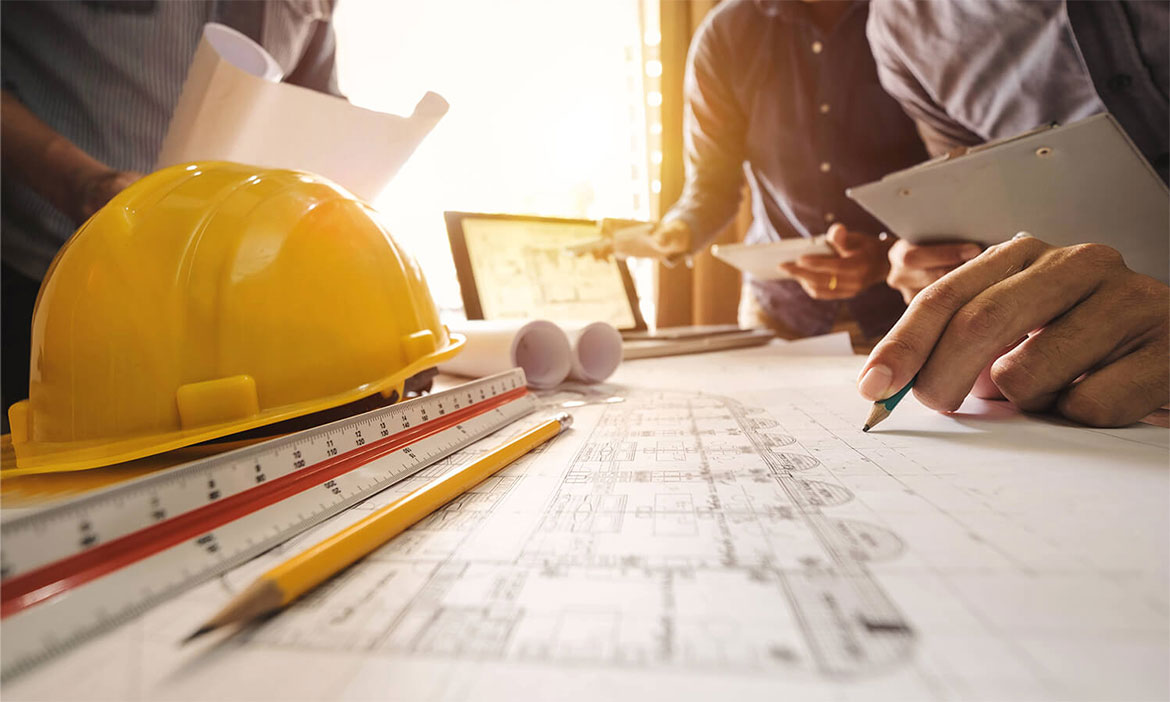The October issue of Construction Global is live
Lorem ipsum dolor sit amet, consectetur adipiscing elit, sed do eiusmod tempor incididunt ut labore et dolore magna aliqua. Semper feugiat nibh sed pulvinar proin gravida hendrerit. Quam viverra orci sagittis eu. Ut lectus arcu bibendum at varius vel. Dignissim diam quis enim lobortis scelerisque fermentum. Tincidunt ornare massa eget egestas purus. Vitae congue mauris rhoncus aenean vel elit scelerisque mauris.
Sit amet massa vitae tortor condimentum lacinia quis vel. Faucibus ornare suspendisse sed nisi lacus sed viverra. In dictum non consectetur a erat nam at. Vitae suscipit tellus mauris a. Turpis nunc eget lorem dolor sed viverra. Maecenas ultricies mi eget mauris. Tellus integer feugiat scelerisque varius morbi enim nunc faucibus.
Construction of the first gas pipeline system was started during the 1960s, at the height of the Cold War, and for all those years, from the 1960s until this day
– Daniel Pink
Asperiores, tenetur, blanditiis, quaerat odit ex exercitationem pariatur quibusdam veritatis quisquam laboriosam esse beatae hic perferendis velit deserunt soluta iste repellendus officia in neque veniam debitis Consectetur, Lorem ipsum dolor sit amet, consectetur adipisicing elit.
Nullam id dolor id nibh ultricies vehicula ut id elit. Curabitur blandit tempus porttitor. Integer posuere erat a ante venenatis dapibus posuere velit aliquet. Cras justo odio, dapibus ac facilisis in, egestas eget quam. Vestibulum id ligula porta felis euismod semper. Donec id elit non mi porta gravida at eget metus. Vestibulum id ligula porta felis euismod semper.
Duis vestibulum quis quam vel accumsan. Nunc a vulputate lectus. Vestibulum eleifend nisl sed massa sagittis vestibulum. Vestibulum pretium blandit tellus, sodales volutpat sapien varius vel. Phasellus tristique cursus erat, a placerat tellus laoreet eget. Fusce vitae dui sit amet lacus rutrum convallis. Vivamus sit amet lectus venenatis est rhoncus interdum a vitae velit.





Hi, this is a comment.
To get started with moderating, editing, and deleting comments, please visit the Comments screen in the dashboard.
Commenter avatars come from Gravatar.